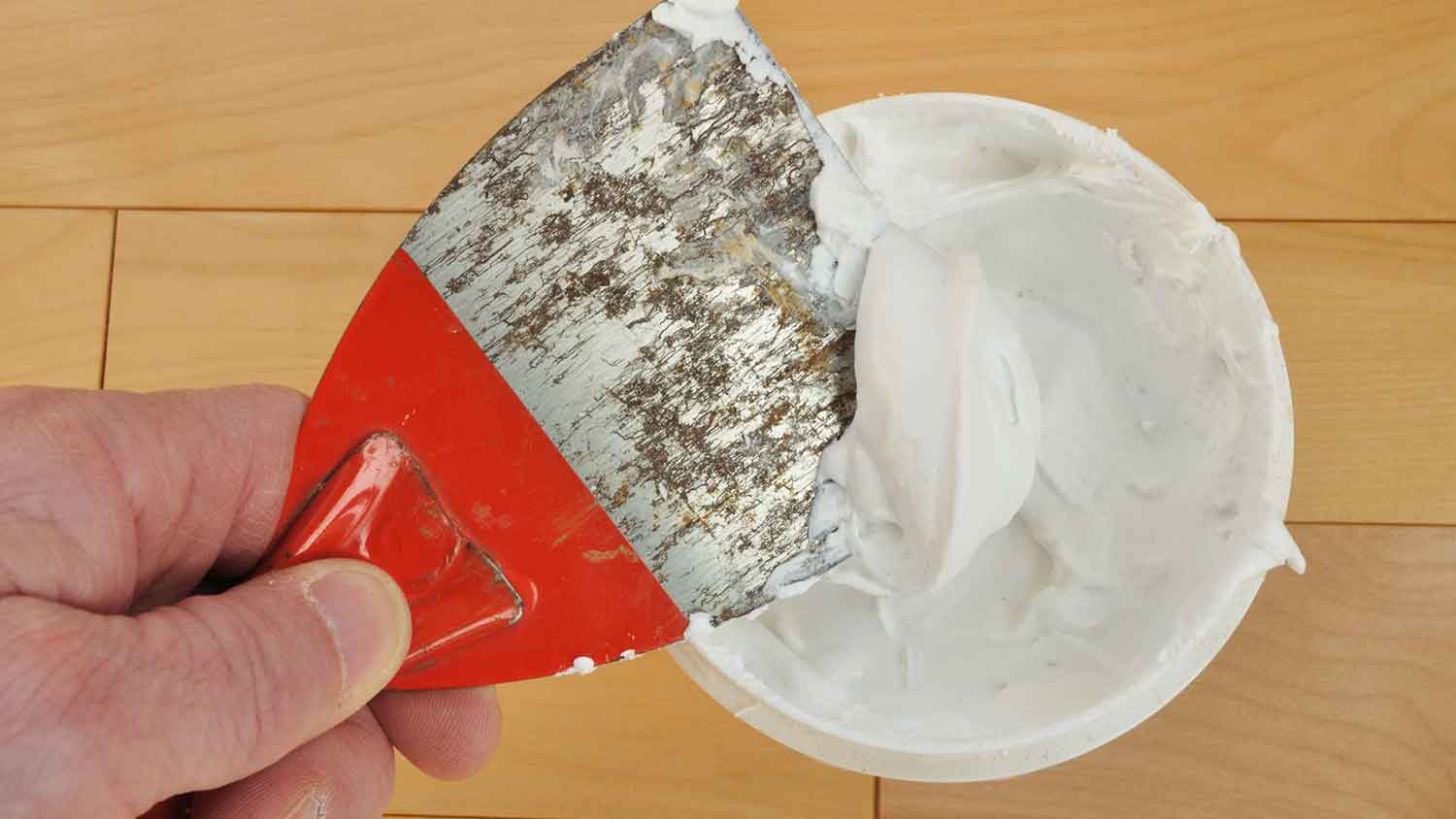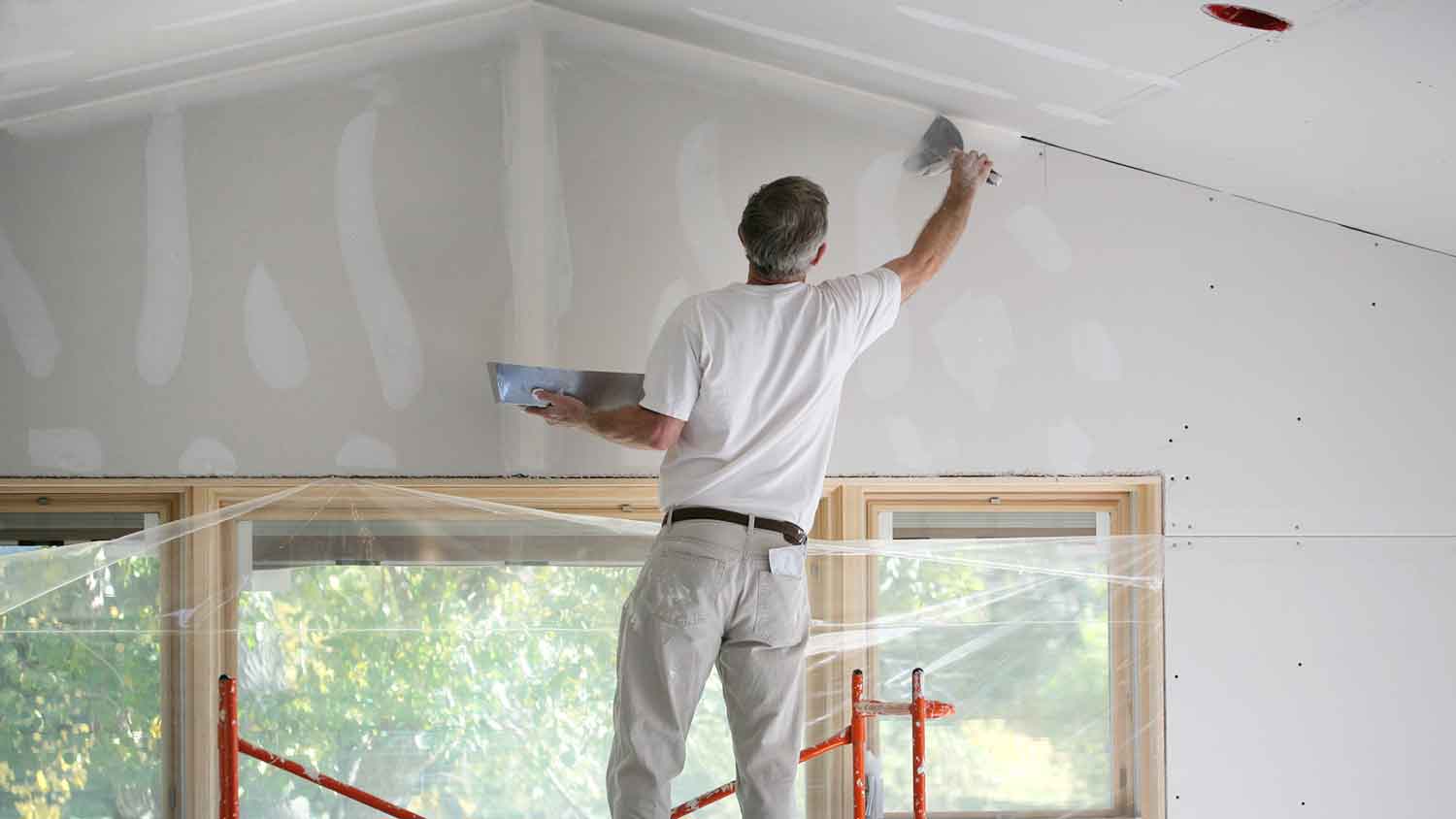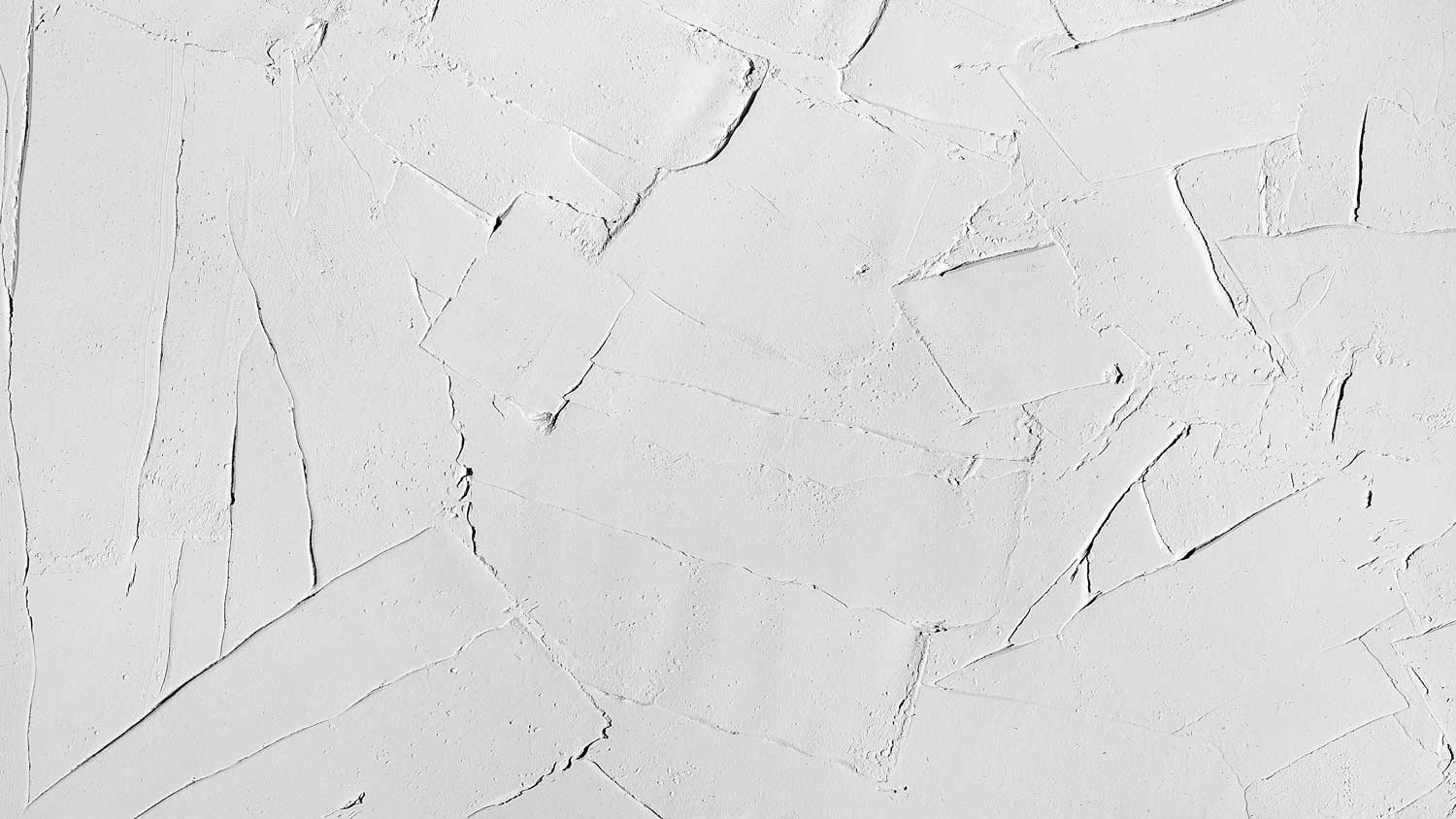
Pre-drywall inspection costs vary depending on the home size, build complexity, and reporting you receive. Estimate your budget with this cost guide.
Smooth surfaces on the horizon


Drywall mud, also known as joint compound, plays a pivotal role in the transformation of bare drywall panels into beautifully finished walls and ceilings. Whether you're a seasoned DIY enthusiast or a newcomer to the craft, understanding the characteristics and applications of the types of drywall mud will empower you to embark on your home improvement endeavors with confidence and precision. Learn everything you need to know about each of these four products.

All-purpose drywall mud often serves as the primary coat in drywall applications due to its bonding properties, enhancing the adhesive qualities of the drywall tape. As its name suggests, it can also be used for other stages in drywall installation such as bedding, taping, and finishing. Its use is popular with both DIY enthusiasts and professional drywall installers.
| Pros | Cons |
|---|---|
| Widely available | Longer drying time |
| Easy to sand | May shrink during drying |
| Budget-friendly | May require more coats |
| Long shelf life | Can crack over time |
Best for: DIYers and those on a budget

If you’re wondering what hot drywall mud is, it's commonly known as quick-setting or setting compound. Its introduction has revolutionized the process of installing and repairing drywall. With its rapid drying capabilities, this specially engineered compound has significantly impacted project timelines.
| Pros | Cons |
|---|---|
| Quick dry time | Harder to adjust on the fly with fast drying time |
| Needs fewer coats | More costly than standard options |
| Great for small repairs and patches | Tough to DIY |
| Doesn’t shrink as much during drying | Heavy |
| Strong adhesion | Limited variety |
Best for: Timely projects and repair work

Taping drywall mud is specifically formulated for embedding joint tape to create a strong, seamless connection between drywall panels. Taping is a crucial step in drywall installation to achieve a smooth and durable finish for walls and ceilings.
| Pros | Cons |
|---|---|
| Strong bond | Not good for finishing coat |
| Effectively conceals seams and joints | Longer drying time |
| Easy to sand smooth | Heavy |
| Low crack and separation risk | May shrink while drying |
Best for: Connecting drywall panels and fixing cracks
If you want a good finish on your wall, it's absolutely worth it to pay for professional taping and mudding. Many DIYers are tempted to pay someone to hang the drywall and do the rest themselves, but this is one area where a skilled contractor can make a huge difference.

Topping drywall mud represents the final stage in the journey to achieving a perfectly smooth and ready-to-paint drywall surface. This specialized type of drywall mud is designed to provide an ultra-smooth finish, hiding imperfections, and delivering a pristine surface for painting or other finishing touches.
| Pros | Cons |
|---|---|
| Creates a flawless, smooth surface | Not suitable for taping |
| Low shrinkage risk | Costly |
| Sands easily | Heavy |
| Can cover larger areas with less material | Requires some skill |
Best for: The final coat
In addition to choosing between the different types of drywall, you also have to choose between a dry or wet product.
Powdered dry compound, which must be mixed with water to achieve a suitable consistency, offers a longer shelf life and cost savings compared to pre-mixed wet mud. This makes the product a convenient choice for infrequent use.
With dry mud, you have the flexibility to adjust the mixing ratios to your preference and can customize the thickness. However, creating the right consistency requires skill and experience, and the mixing process can be time-consuming.
Pre-mixed or wet drywall mud can be used straight out of the container without requiring any mixing, and it guarantees consistent texture. This option proves to be a time-saver, particularly for smaller projects, and it is highly favored by beginners or individuals looking for convenient solutions.
However, wet mud has a shorter shelf life, and it may require disposal if left unused for a while. Additionally, wet mud is typically more expensive than dry powdered mud. While it provides a convenient option, it may not be as flexible in terms of adjusting consistency.
Choosing the right drywall mud for your project comes down to your needs and skill level—but you may need to use more than one type. Call a local drywall pro for advice, and consider these factors:
Versatility: If you want drywall mud that can be used on just about any project, choose an all-purpose compound. Just remember this type isn’t best for a smooth finish.
Timeliness: If you need rapid drying, consider quick-setting drywall mud for embedding tape or initial coats on corners and joints. Quick-setting compounds come in different drying time options, so select one that aligns with your project's speed requirements.
Adhesion: While you can technically use all-purpose or quick-setting compounds, taping compounds are specifically designed to ensure structural integrity. Only skip over this if you’re on a tight budget.
Smooth finish: If you want a perfect finish on your drywall, topping compound is the best way to achieve that. Not only does it deliver the finish you need during this drywall finishing level, but it does an excellent job of keeping imperfections away.
In addition to selecting from the types of drywall mud, you will also need to decide between dry or wet compounds:
Dry compound: Use if you’re experienced and prefer customization. It's cost-effective for larger projects and has a longer shelf life, making it suitable for intermittent use.
Wet compound: Use if you're looking for convenience, have a small task, or are a beginner. It saves time by eliminating the mixing step and offers a consistent texture. However, it’s pricier and has a shorter shelf life.
Very customer friendly. Lawn never looked bettet
On time very efficient. I feel safe and secure now.
Felipe called within 10 minutes of my request. He came the next morning, looked at the job, and gave me an estimate. He was able to come do the drywall repair within a couple of days and showed up right on time. He completed the job on time and did a great work. He is friendly, hard working,...
From average costs to expert advice, get all the answers you need to get your job done.

Pre-drywall inspection costs vary depending on the home size, build complexity, and reporting you receive. Estimate your budget with this cost guide.

Installing drywall is the most common way to finish your home’s interior. Use this drywall installation cost guide to see what your project is likely to cost.

Drywall texture can create an attractive finish and add dimension to your home’s walls. This guide breaks down the factors that influence the cost to texture drywall.

Got a hole in the wall? Learn how to spackle a hole in the wall and have it looking like new in almost no time.

Every last detail of a home project must be considered for a quality finish, including drywall. Learn which types of drywall tape could be your best option.

Matching the texture of existing drywall can be tricky, but it’s doable. Learn how to match drywall texture with these straightforward tips.